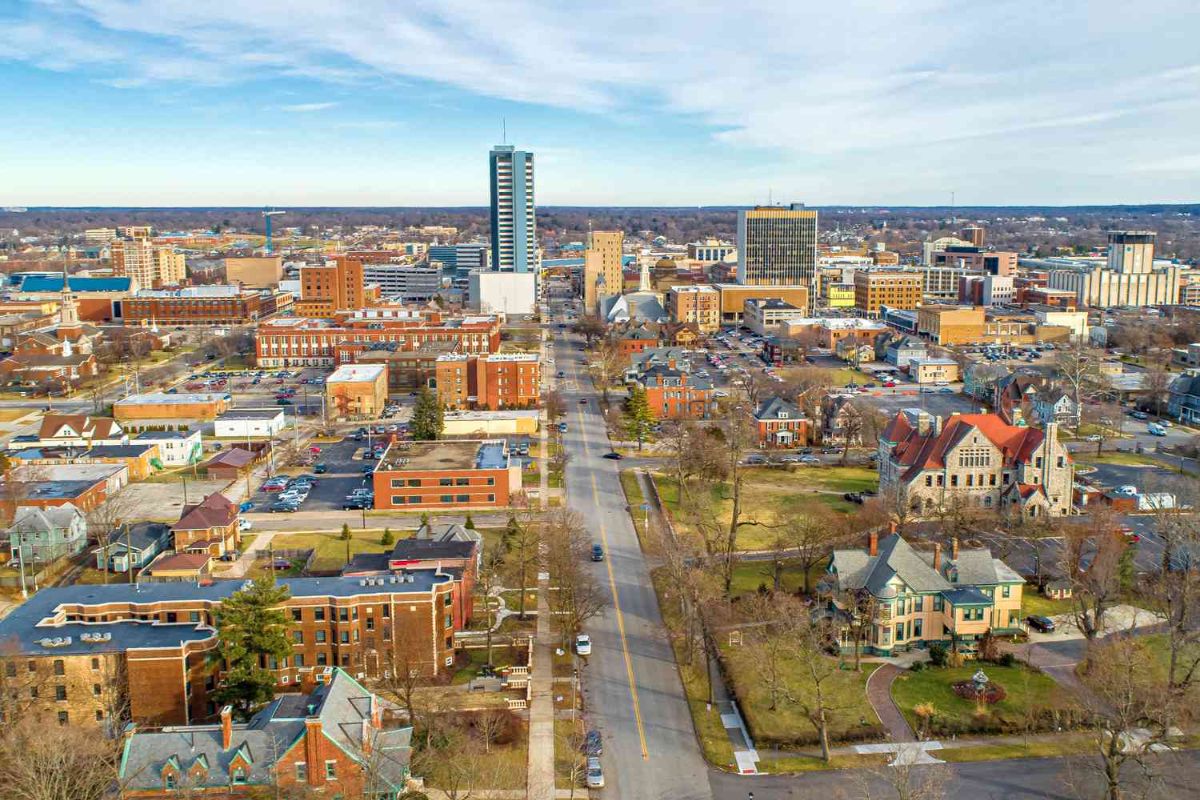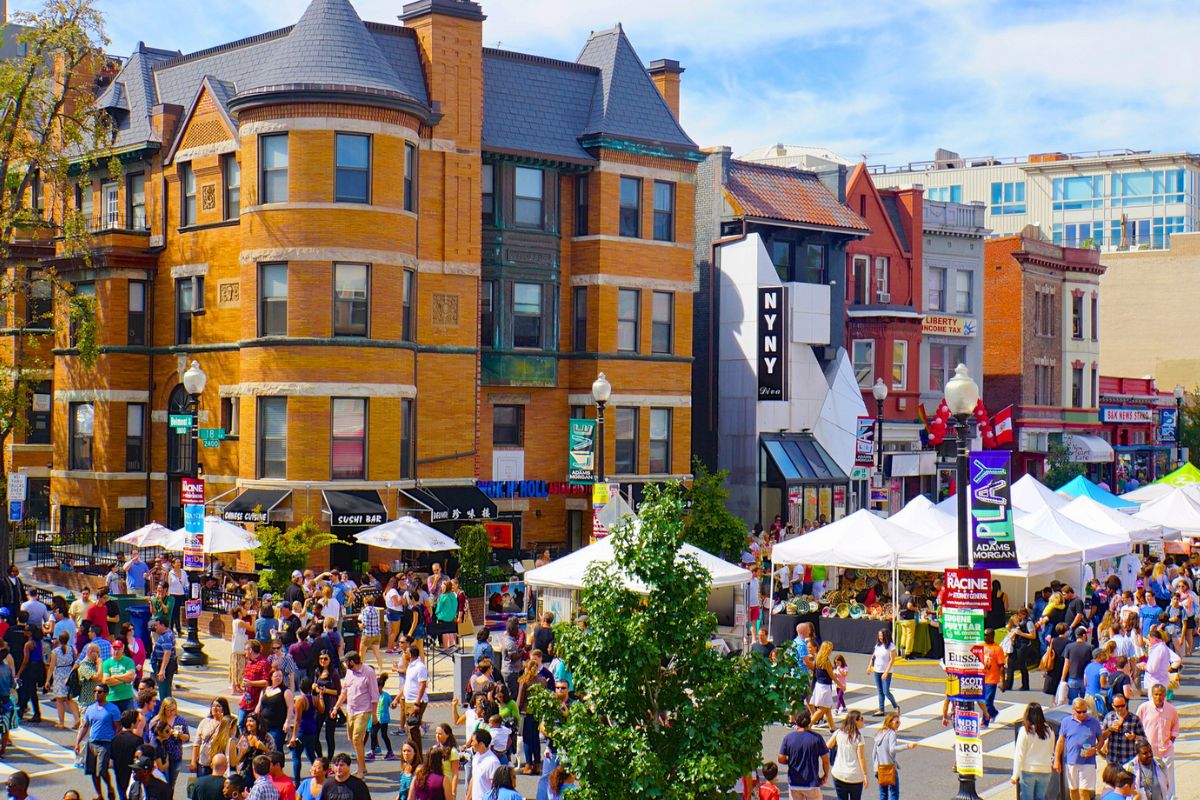Living in a big city has its perks: access to great job opportunities, vibrant cultural scenes, diverse dining options, and more. However, with these benefits often comes the challenge of finding affordable housing. As rent prices continue to skyrocket in popular cities like New York, San Francisco, Los Angeles, and Seattle, many people struggle to find an apartment that fits within their budget. But even in expensive cities, there are ways to find affordable apartments if you know where to look and how to negotiate. Here are some tips to help you secure a cheap apartment in an expensive city.
1. Be Open to Different Neighborhoods
When looking for an affordable apartment in a pricey city, it’s important to broaden your search beyond the most popular and trendy neighborhoods. High-demand areas will inevitably come with higher rents, while lesser-known neighborhoods might offer similar benefits at a lower cost.

Explore Emerging Areas
Cities are constantly evolving, and areas that are not currently trendy may become popular over time. By renting in up-and-coming neighborhoods, you can take advantage of lower prices before the area becomes more desirable (and expensive). Research neighborhoods that are still developing but have potential, such as areas with new public transit routes, restaurants, or businesses.
Go Beyond City Limits
If you’re willing to commute, consider looking just outside the main city. Suburbs and nearby smaller towns often have lower rent prices while still offering relatively easy access to the city center. Check public transportation routes or driving distances to see if you can find affordable apartments just outside of the expensive city core.
2. Consider Roommates or Co-Living Spaces
Sharing an apartment with roommates is one of the best ways to cut down on rent costs, especially in high-priced cities. Splitting the rent, utilities, and other household expenses can significantly lower your monthly costs. Co-living spaces, which are specifically designed for shared living, have become increasingly popular in cities with expensive housing markets.
Advantages of Roommates
- Lower Rent: Rent is divided among multiple people, making living in a desirable area more affordable.
- Shared Bills: You also save on utilities, internet, and possibly even groceries if you share with your roommates.
- Flexibility: Many apartments that rent out by the room have flexible leasing options, which is ideal if you’re not ready to commit to a long-term lease.
Finding Roommates
To find a roommate, use websites like Craigslist, Roomster, or SpareRoom, or join Facebook groups dedicated to housing and apartment searches in your city. Make sure you carefully vet any potential roommates to ensure they are financially stable and compatible with your lifestyle.
3. Negotiate Your Rent
Rent prices are often negotiable, especially if you’re a strong candidate. If you’ve found an apartment you like, don’t be afraid to negotiate with the landlord. Property owners are often more flexible than tenants realize, especially if the apartment has been on the market for a while or the landlord is eager to fill vacancies. Here are some strategies to help you negotiate a lower rent:
Show Your Value as a Tenant
Landlords value responsible tenants. If you have a stable income, good credit score, and positive references from previous landlords, emphasize these points. You could also offer to sign a longer lease in exchange for a lower monthly rate, which provides the landlord with more stability.

Research Comparable Apartments
To strengthen your negotiating position, research comparable apartments in the same neighborhood to see what they are renting for. If you find lower-priced options, you can use this information to negotiate with the landlord. Showing that you’re informed about the market could encourage the landlord to offer a more competitive rate.
4. Look for Rent-Controlled or Stabilized Apartments
In some cities, particularly in places like New York City and San Francisco, there are rent-controlled or rent-stabilized apartments that have regulations on how much rent can increase each year. These apartments are often more affordable, and the rent increases are predictable, making them a good option for people looking to stay in one place for a while.
How to Find Rent-Controlled Apartments
Finding a rent-controlled or stabilized apartment can be challenging since they’re often in high demand, but it’s worth checking rental listings for these terms. In cities like New York, websites like StreetEasy and RentHop allow you to filter listings specifically for rent-stabilized apartments.
Advantages of Rent-Controlled Apartments
- Lower Rent Increases: Rent increases are usually capped at a certain percentage, meaning you won’t face the large hikes that are common in market-rate apartments.
- Long-Term Affordability: Rent-controlled units often remain affordable even as the surrounding neighborhood becomes more expensive.
5. Use Apartment-Hunting Apps and Websites
Technology has made the apartment-hunting process much easier and more efficient. There are numerous apps and websites designed to help you find an affordable apartment, and many offer tools to filter your search based on your budget, neighborhood, and specific requirements.
Top Apps and Websites for Apartment Hunting
- Zillow: This well-known site allows you to search for rentals by price, neighborhood, and amenities.
- Apartments.com: A comprehensive site that includes user reviews and detailed information about properties.
- HotPads: A rental site with a wide range of listings and map-based search tools.
- PadMapper: Allows you to visualize available apartments on a map and filter based on price, amenities, and location.
- Craigslist: Despite its reputation for sketchy listings, Craigslist can still be a valuable resource for finding affordable apartments, especially from private landlords.
Set Up Alerts
Most apartment-hunting apps allow you to set up alerts for when new listings that match your criteria become available. Since affordable apartments in expensive cities tend to go fast, setting up alerts can help you stay ahead of the competition.
6. Look for “No-Fee” Apartments
In cities like New York and Boston, renters often have to pay a broker’s fee, which can be as high as 15% of the annual rent. To save money, look for “no-fee” apartments, where the landlord covers the broker’s fee or you rent directly from the property owner.

How to Find No-Fee Apartments
Websites like Craigslist, StreetEasy, and Apartments.com often allow you to filter for “no-fee” listings. Many larger apartment buildings or property management companies also offer no-fee apartments, so it’s worth reaching out to them directly.
Work with a Broker, if Necessary
In some cities, using a broker may be necessary, especially if you’re moving from out of town. If this is the case, try to find a broker who charges a reasonable fee or who is willing to negotiate their commission.
7. Time Your Search Wisely
The time of year you search for an apartment can significantly impact the rent prices. In many cities, there are peak moving seasons when demand is high and rents are more expensive. Conversely, during off-peak seasons, you may find better deals as landlords are more eager to fill vacancies.
Peak vs. Off-Peak Seasons
- Peak Seasons: Typically late spring and summer (May through August) are the busiest months for moving, especially in college towns and large cities.
- Off-Peak Seasons: Late fall and winter (November through February) are usually slower for the rental market, making this a good time to find more affordable options. Landlords may be more open to negotiations during these months.
8. Check for Subsidized or Income-Restricted Housing
Many cities offer subsidized housing or income-restricted apartments for individuals and families who meet certain income criteria. These programs often provide lower rents or limit how much rent can increase over time.
How to Find Subsidized Housing
Look into local government programs, housing authorities, or nonprofit organizations that offer affordable housing assistance. In cities like New York, the Department of Housing Preservation and Development (HPD) lists affordable housing lotteries and subsidized apartment programs.
Be Prepared to Wait
While subsidized housing can offer significant savings, the demand is often high, and there may be long waiting lists. Be prepared to apply early and be patient while waiting for an available unit.
9. Consider Unconventional Living Arrangements
If traditional apartments are too expensive, you might want to consider more unconventional living arrangements that can significantly reduce your rent costs.
House Sitting or Property Caretaking
Some people find affordable or even free living arrangements by house sitting or caretaking for a property. Websites like TrustedHousesitters or Caretaker.org connect people with these types of opportunities.
Live-In Jobs
If you’re open to working in exchange for rent, you could consider live-in positions, such as becoming a resident manager in an apartment building, working as a live-in nanny, or finding a job that offers free or reduced-cost housing.
Conclusion
Finding a cheap apartment in an expensive city may seem like a daunting task, but with the right strategies, it’s entirely possible. By being flexible with your neighborhood choices, considering shared living arrangements, and using technology to stay ahead of new listings, you can significantly increase your chances of finding an affordable place to live. Additionally, don’t be afraid to negotiate with landlords, explore rent-controlled options, and time your search during off-peak seasons. With persistence and a little creativity, you can find a great apartment that fits your budget, even in the most expensive cities.





